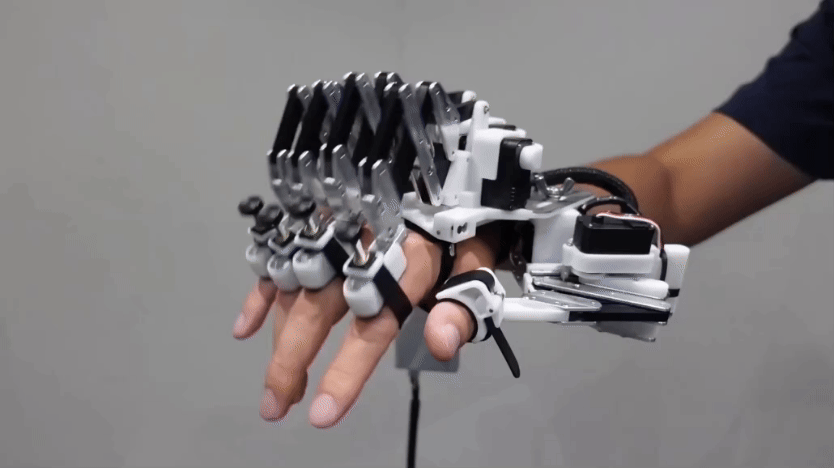The distracted teenage brain
Scientists discover that teens are easily distracted by behaviors that were once — but are no longer — rewarding

Teens often opt for doing something they once found rewarding, even if it no longer is. One implication: They may opt for texting or social networking, even when they know should be focused on other things.
Elenathewise/iStockphoto
Teens have a reputation for making some not-so-smart decisions. Researchers have blamed those poor decisions on the immaturity of a teen’s prefrontal cortex. That is the part of the brain involved in making plans and decisions. But scientists now find the answer may be simpler: the allure of rewards. Rewards, even small ones, entice teens more than they do adults.
And, perhaps surprisingly, teens tend to continue doing things they once found rewarding, even after the actual payoff is long gone. Both findings come from a new study by researchers at the University of Iowa in Iowa City.
Psychologist Zachary Roper and his team worked with two groups of volunteers: 13- to16-year olds and 20- to 35-year-old adults. Each volunteer had to play a game of sorts. During a training phase, a computer displayed six circles, each a different color. The players had to find the red or green circle. These targets had either a horizontal or vertical line inside. The remaining circles had lines at other angles. When the participant found the correct target, they had to press one of two keys on a keyboard. One key would report they had found the vertical line. The other reported finding a horizontal line.
When a volunteer hit the right key, the screen flashed the amount of the reward they had earned. For some volunteers, green circles provided a large (10-cent) reward and red circles provided a small (2-cent) reward. For other volunteers, the amounts were reversed, with red circles worth more. All other colors had no reward.
By the end of this training, volunteers had learned the value of each color. But they weren’t aware that they had, notes Iowa’s Jatin Vaidya. When the scientists asked the players about the value of red versus green circles, both teens and adults had no awareness that a circle’s color had any effect on how much they had earned during any given trial.
After this training ended, it was time to begin testing in earnest. The scientists informed the volunteers they had a new target. Each had to report the orientation of the line inside a blue diamond. Again, groups of six symbols appeared on a computer screen. Only one was a diamond. The other five were still circles. In some trials, one of those circles was red or green. In other trials, there were no red or green circles.
The recruits were told to answer as quickly as possible. And for this phase of the experiment, no additional money would be earned.
The researchers now measured how long it took people to find the diamond and record their answers.
When no red or green circles were among the onscreen options, both adults and teens responded quickly. But when a red or green circle showed up, both groups initially took a bit longer. Adults, though, quickly stopped paying attention to the colored circles. Their response times sped up.
Teens reacted differently. They took longer to respond whenever a red or green circle showed up. Their response times never sped up. Their attention still was drawn to the previously valued circles — even though the shapes no longer brought any reward. Clearly, the red and green circles were distracting teens from their objective.
Roper’s team reported the findings September 10 in Psychological Science.
“The study demonstrates that the attention of adolescents is especially drawn to rewarding information,” says Brian Anderson. A psychologist at Johns Hopkins University in Baltimore, Md., he was not involved with the study. These data may help explain why teens engage in risky behavior, he says.
Some behaviors, such as texting or using social media, trigger the brain’s reward system. Once the teenage brain has linked a behavior to that reward, it continues to seek the reward again and again. That’s why teens are likely to opt for the reward of social media when they should be studying. Or why they respond to texts while driving.
How can someone overcome their brain’s attempts to distract? Vaidya suggests physically removing distractions whenever possible. Shut down the phone when driving or disconnect from Wi-Fi while doing homework. When distractions are not readily available, it will be easier to focus attention on the things that matter most. Like arriving home safely.
Power Words
adolescence A transitional stage of physical and psychological development that begins at the onset of puberty, typically between the ages of 11 and 13, and ends with adulthood.
behavior The way a person or other organism acts towards others, or conducts itself.
horizontal A line or plane that runs left to right, much as the horizon appears to do when gazing into the distance.
prefrontal cortex A region containing some of the brain’s gray matter. Located behind the forehead, it plays a role in making decisions and other complex mental activities, in emotions and in behaviors.
psychology The study of the human mind, especially in relation to actions and behavior. Scientists and mental-health professionals who work in this field are known as psychologists.
social media Internet-based media, such as Facebook, Twitter and Tumblr, that allow people to connect with each other (often anonymously) and to share information.
vertical A term for the direction of a line or plane that runs up and down, as the vertical post for a streetlight does.
Wi-Fi A wireless technology that networks various electronic devices (such as cell phones and laptop computers); it allows them to share the same modem for Internet connections by using radio waves.







